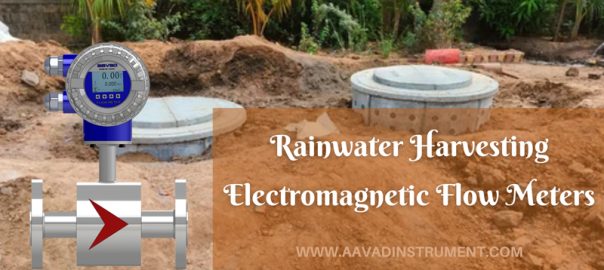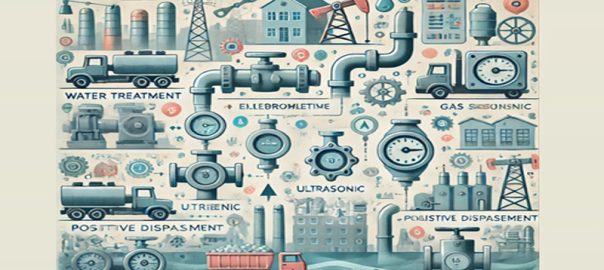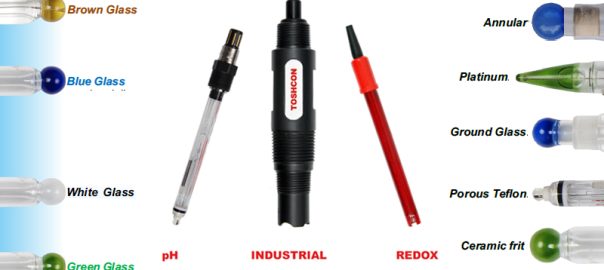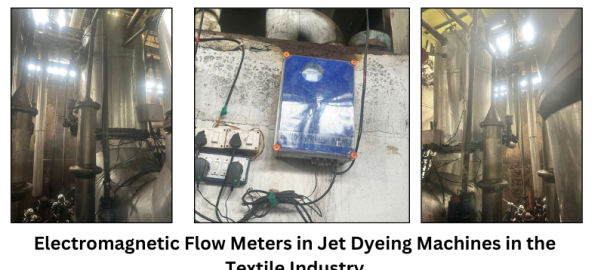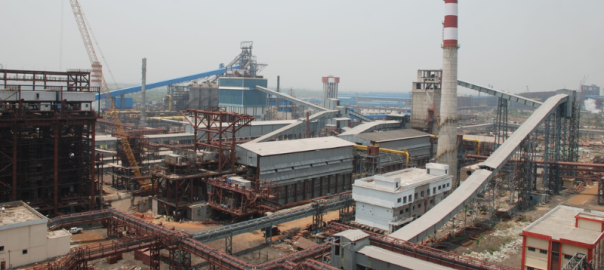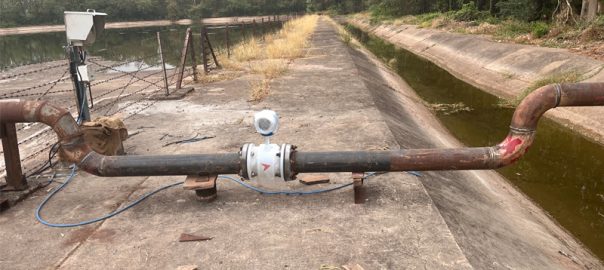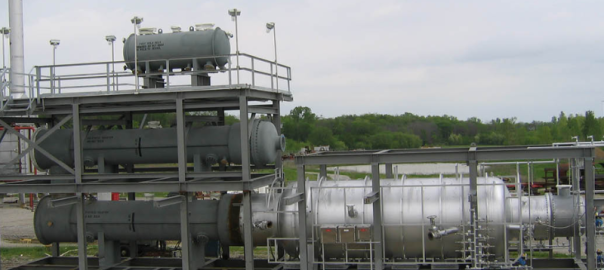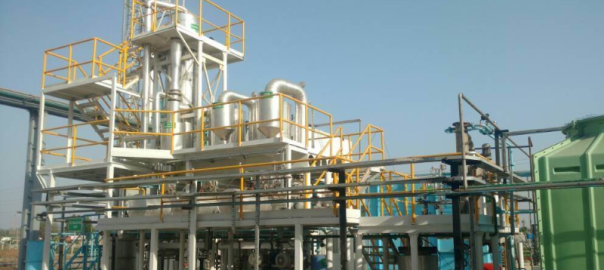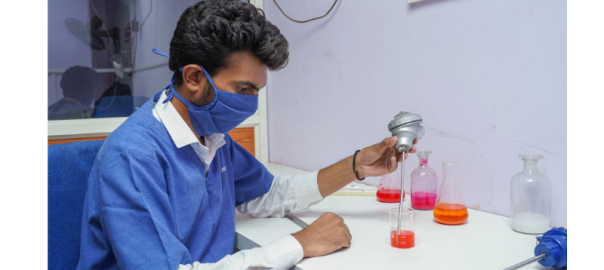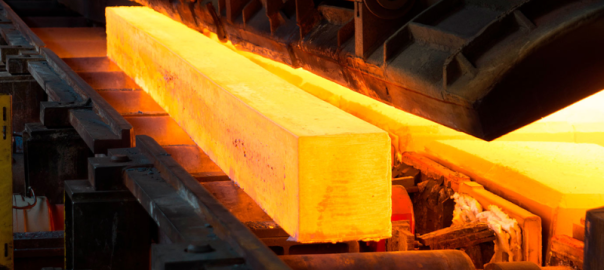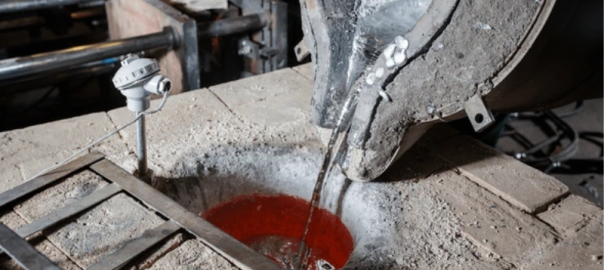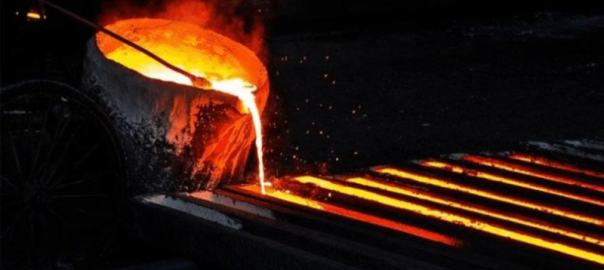
In the food industry, maintaining high-quality standards and ensuring food safety are of utmost importance. Temperature monitoring plays a crucial role in various stages of food processing and storage. One of the most reliable and widely used temperature sensors in the food industry is the Resistance Temperature Detector (RTD) sensor. In this blog post, we will delve into the applications of food-grade RTD sensors and their significance in maintaining food quality and safety.
Temperature Monitoring in Food Processing: Food processing involves various stages such as cooking, pasteurization, sterilization, and cooling. RTD sensors provide accurate and precise temperature measurements in these processes, ensuring that food is heated or cooled to the optimal temperature range for food safety and preservation.
Cold Chain Management: Maintaining the cold chain is crucial for preserving perishable foods. RTD sensors are used in refrigeration units, cold storage facilities, and transportation vehicles to monitor and control the temperature during storage and transportation. Real-time temperature data helps prevent spoilage, extend shelf life, and maintain food quality.
Quality Control in Food Production: In food production facilities, RTD sensors are employed to monitor and control the temperature of critical processes. From fermenting dough to chocolate tempering, maintaining precise temperatures ensures consistent product quality and desirable characteristics. RTD sensors enable precise temperature control, resulting in improved product consistency and reduced waste.
HACCP Compliance: Hazard Analysis Critical Control Points (HACCP) is a systematic approach to food safety that identifies and prevents potential hazards in food production. Temperature control is a critical aspect of HACCP plans, and food-grade RTD sensors play a vital role in monitoring temperature-sensitive areas and ensuring compliance with HACCP guidelines.
Sous Vide Cooking: Sous vide cooking has gained popularity in both professional and home kitchens. It involves cooking vacuum-sealed food at precise and controlled temperatures for extended periods. RTD sensors are used to accurately measure and maintain the water bath temperature, ensuring precise cooking results and food safety.
Beverage Industry: Temperature control is crucial in the beverage industry, whether it’s brewing beer, fermenting wine, or producing soft drinks. RTD sensors are utilized to monitor and regulate temperatures during fermentation, aging, and storage processes. Precise temperature control ensures consistent flavor profiles and quality in the final products.
Pasteurization and Sterilization: RTD sensors are essential in pasteurization and sterilization processes, where precise temperature control is crucial to eliminate harmful bacteria and ensure food safety. They help maintain the required temperature and ensure that the food is heated adequately to achieve the desired level of pasteurization or sterilization.
Dairy Industry: In the dairy industry, RTD sensors are used in various applications such as milk processing, cheese making, and yogurt production. These sensors monitor and control temperatures during heating, cooling, fermentation, and storage processes, ensuring product quality and consistency.
Baking and Confectionery: Temperature plays a critical role in baking and confectionery processes. RTD sensors are employed in ovens, proofing chambers, and chocolate tempering machines to monitor and regulate temperatures accurately. This precision ensures that baked goods are evenly cooked, chocolates are properly tempered, and confectionery products have the desired texture and appearance.
Canning and Bottling: Food-grade RTD sensors are used in canning and bottling processes to monitor and control the temperature of products during filling, sealing, and sterilization. Precise temperature control helps maintain product quality, extend shelf life, and prevent spoilage.
Seafood and Aquaculture: RTD sensors are utilized in seafood processing facilities and aquaculture farms to monitor water temperatures in tanks, ponds, and hatcheries. Optimal water temperature is crucial for the health and growth of aquatic organisms, and RTD sensors help ensure the conditions are within the desired range.
Research and Development: Food-grade RTD sensors are widely used in research and development laboratories for studying thermal properties, conducting experiments, and developing new food products and processes. These sensors provide accurate temperature measurements, allowing scientists and researchers to analyze and optimize various parameters.
Food Delivery and Storage: With the rise of food delivery services, maintaining the quality and safety of food during transportation is vital. RTD sensors equipped in delivery vehicles and storage containers help monitor and regulate temperatures, ensuring that perishable food items are kept at appropriate conditions to prevent spoilage.
Compliance with Regulatory Standards: Food-grade RTD sensors play a significant role in helping food manufacturers comply with strict regulatory standards, such as those set by the FDA (Food and Drug Administration) or other relevant food safety authorities. By monitoring and documenting temperature data, companies can demonstrate adherence to temperature control requirements.
Meat Processing: In meat processing facilities, RTD sensors are crucial for monitoring temperatures during various stages, including marination, smoking, cooking, and chilling. Accurate temperature control ensures food safety and quality, preventing the growth of harmful bacteria and maintaining the desired texture and flavor of meat products.
Thermal Processing: Food-grade RTD sensors are used in thermal processing methods such as retort sterilization, where packaged food is heated under pressure. These sensors monitor and control the temperature to ensure that the product is safely sterilized, extending its shelf life while preserving its nutritional value.
Food Safety Audits: During food safety audits and inspections, temperature monitoring records are essential for demonstrating compliance. Food-grade RTD sensors help in accurately capturing temperature data and maintaining proper documentation, which is crucial for meeting regulatory requirements and passing audits.
Freezing and Deep Freezing: In frozen food production, RTD sensors are employed in freezing tunnels and blast freezers to monitor and regulate the temperature during the freezing process. Precise temperature control ensures rapid freezing, preserving the texture, flavor, and nutritional value of frozen food products.
Chocolate Tempering: RTD sensors are widely used in chocolate tempering machines to achieve precise temperature control during the tempering process. Maintaining the correct temperature range is crucial to obtain smooth and glossy chocolate with a good snap and extended shelf life.
Fruit and Vegetable Processing: In fruit and vegetable processing, RTD sensors are used to monitor and control temperatures during blanching, pasteurization, drying, and freezing processes. Proper temperature control helps preserve the color, texture, flavor, and nutritional content of processed fruits and vegetables.
Ready-to-Eat Meals: Food-grade RTD sensors are utilized in the production of ready-to-eat meals, where accurate temperature monitoring is essential for ensuring product safety and quality. These sensors help maintain proper cooking and reheating temperatures, preventing the growth of harmful bacteria and maintaining the desired taste and texture of the prepared meals.
Catering and Food Service: RTD sensors play a vital role in catering and food service operations, where temperature control is crucial for buffet-style setups, hot holding cabinets, and food display units. These sensors help maintain food at safe and optimal temperatures, reducing the risk of foodborne illnesses and ensuring customer satisfaction.
Food-grade RTD sensors are indispensable tools in the food industry, enabling precise temperature monitoring and control throughout various processes. Whether it’s food processing, cold chain management, quality control, HACCP compliance, sous vide cooking, or beverage production, RTD sensors contribute to maintaining food quality, safety, and consistency. By investing in reliable and accurate temperature measurement solutions like food-grade RTD sensors, food manufacturers can enhance product quality, minimize waste, and meet stringent regulatory standards.

